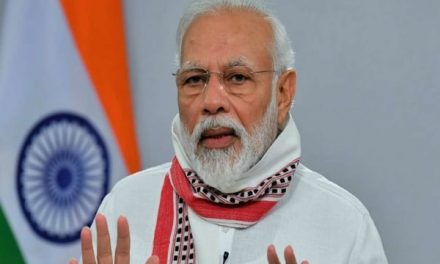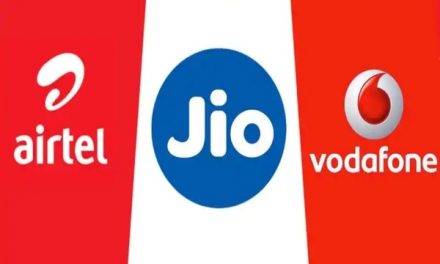There is Instant buzz around Indian economy, once again. Monthly manufacturing activity for January has suddenly shot up to an eight-year high in India as per the current survey. According to Purchasing Managers’ Index as shown manufacturing activity at highest since November 2012. Manufacturing push is attributed to strong revival in consumption demand. New hiring rate in January fastest in past seven years, show by PMI.
PMI is a key to understand manufacturing activity. The surprise improvement has been attributed to spike in demand as a PMI in excess of 50 indicates expansion in manufacturing activity. Now, the Nikkei India Manufacturing Purchasing Managers’ Index (PMI), prepared by IHS Markit, rose from 52.7 in December 2019 to 55.3 in January 2020.
The good news could be in expansion in capital goods segment indicating that investments in Indian economy might just have revived also the main pull force is the consumer goods segment. All indications is as per the Economic Survey and Union Budget presented last week. Both projected a rather higher than expected GDP growth rate for 2020-21 at 6-6.5 percent. Experts called the projection too optimistic and ambitious.
The rating agency predicted a growth rate of 5.6 percent for 2020-21. Its projection for 2019-20 is 4.6 against the government’s 5 percent. India Ratings (Ind-Ra), the arm of rating agency Fitch, actually downgraded the corporate credit rating for Indian companies. This came after Union Finance Minister Nirmala Sitharaman presented her Union Budget 2020.
International Monetary Fund’s (IMF) estimates of India’s economic growth at 5.8 percent in 2020-21 and predicts that a 6.5 percent growth for India is possible only in 2021-22. Both the Fitch and the IMF seem to be worried over India breaching the fiscal deficit target. Sitharaman pegged the fiscal deficit for the current year at 3.8 percent and estimated that it would be 3.5 percent in 2020-21. Higher fiscal deficit target practically makes doing business in the country costlier and hence difficult.
PMI for January stands at the highest since February 2012. the surprise from the manufacturing sector may soothe the nerves of the government. Simply put, sales have gone up and there is an upsurge in the job market. The survey found that hiring of new workers saw a sharp push — the fastest rate in seven years. This is mainly on the account of growth of new businesses. Exports have seen a spurt. PMI indicators show that fresh export orders have risen at the fastest pace since November 2018. Exports drive has come from rising demands from consumers in Asia, Europe, and North America.
Another good news is the Crude oil prices have fallen and the BSE Sensex recovered from the budget-day shock and rebounded to end higher on Monday. Market watchers and agencies, such as Fitch and IMF, are still cautious as this does not mean that economic slowdown is conclusively over.











